Asia is the largest continent in the world and accounts for around 30% of the Earth’s total land area (9% of its surface area). It features a wide variety of ecosystems, including mountains and rainforests. There are currently 48 countries in Asia, and although some of them date back thousands of years, others are relatively young, having gained their independent status within the last 100 years. This includes one of the youngest countries in the world. So, keep reading to discover the youngest countries in Asia!
10. Pakistan — 1947
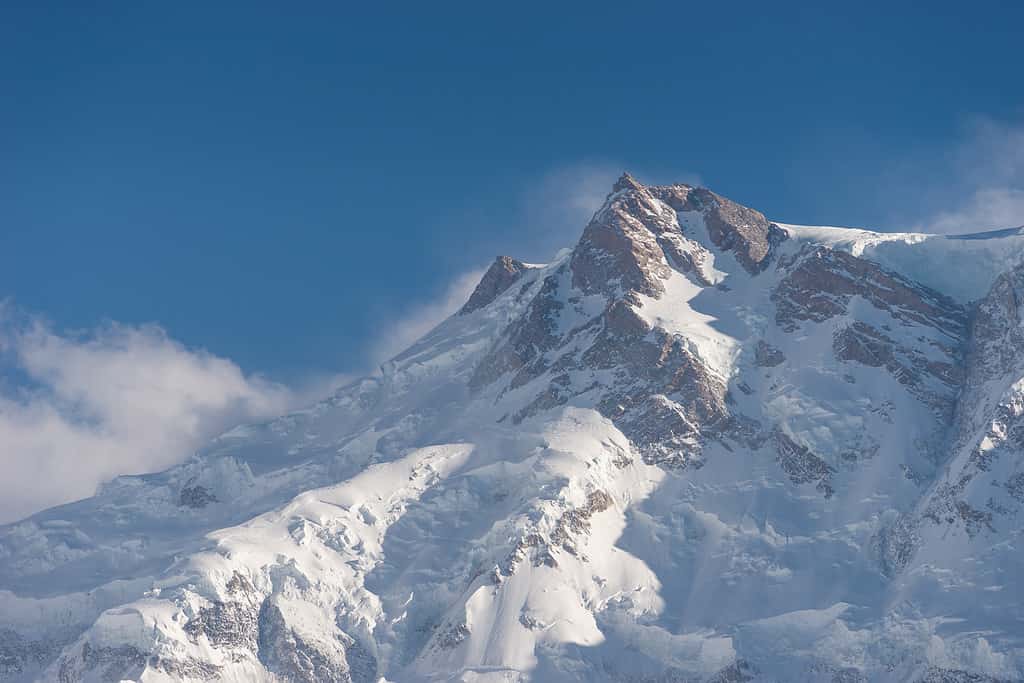
Nanga Parbat, one of the highest and most dangerous mountains in the world, is located in Pakistan.
©iStock.com/Skazzjy
At midnight on August 14—15, 1947, Pakistan gained its independence with the partition of British India. The country has a diverse landscape with three main regions. These consist of the Balochistan Plateau, the Indus River Plain, and the northern highlands. The northern region features numerous mountains, many of which are amongst the highest in the world, such as K2 and Nanga Parbat.
9. India — 1947
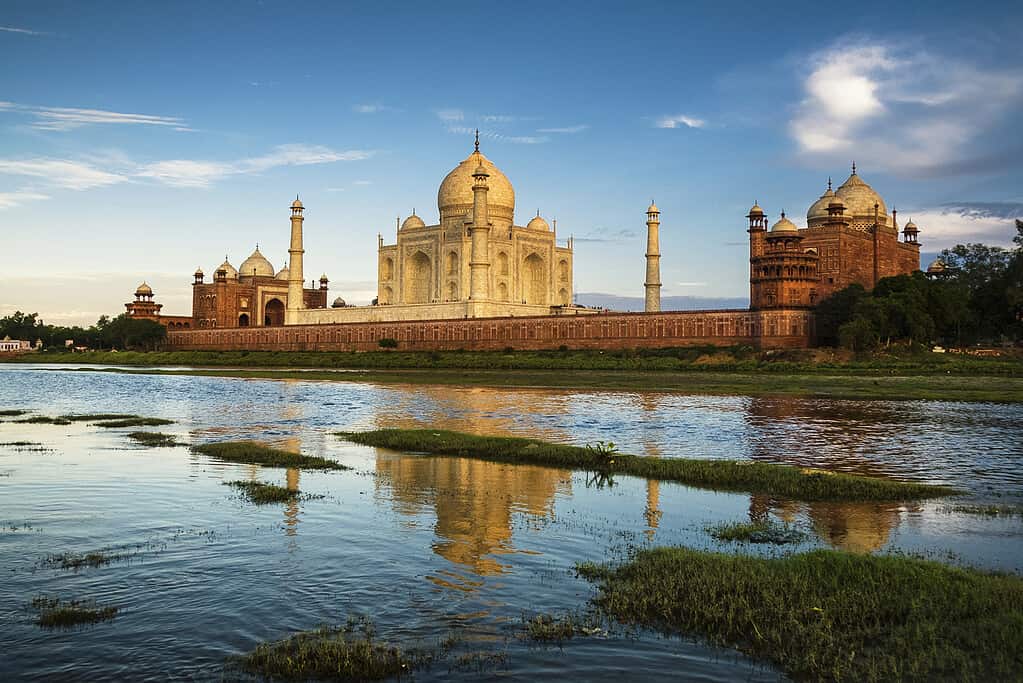
India has many beautiful locations, including the Taj Mahal.
©Inigo Arza Azcorra/iStock via Getty Images
The country of India was officially formed at the same time as Pakistan. It is situated in South Asia and spans more than 1.2 million square miles. It is also the most populous country in the world, with an estimated population of 1.43 billion people. The capital city is New Delhi, which is home to approximately 32,941,000 people. India is also considered to be a megadiverse country due to the diverse range of species that live within it, many of which are endemic to the country.
8. Israel — 1948
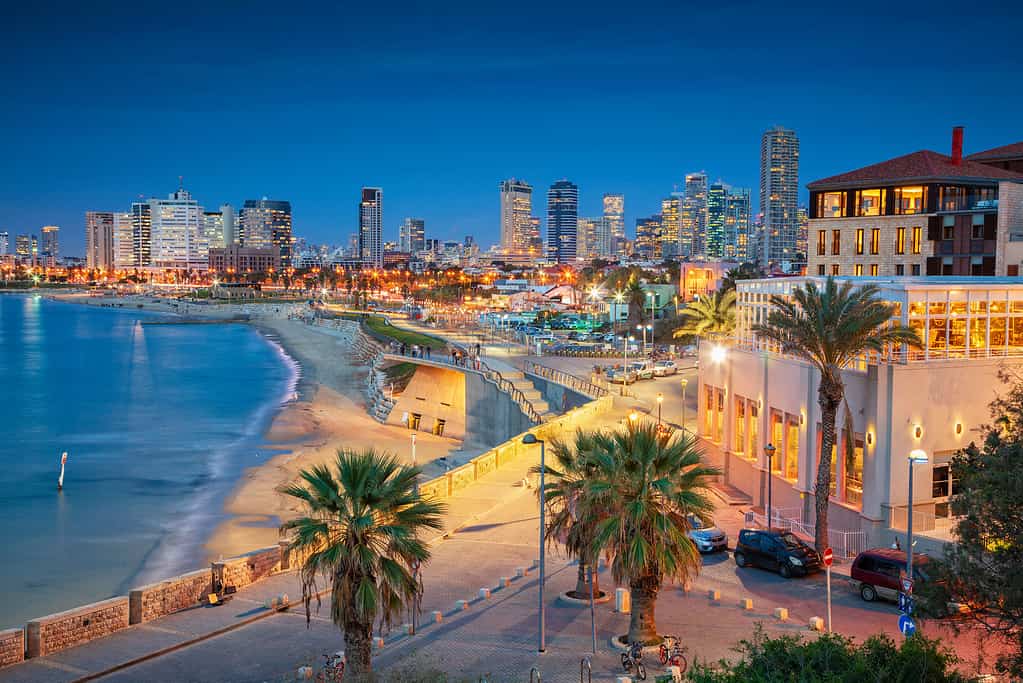
One of the best-known cities in Israel is Tel Aviv.
©RudyBalasko/ via Getty Images
The next country is Israel, which became a country in 1948. Israel is located in the western region of Asia. The capital city is Jerusalem, but one of the largest and best-known cities is Tel Aviv near the coast. Israel lies within the Fertile Crescent, which is an extremely biodiverse area and an important area for agriculture and farming.
7. Laos — 1953
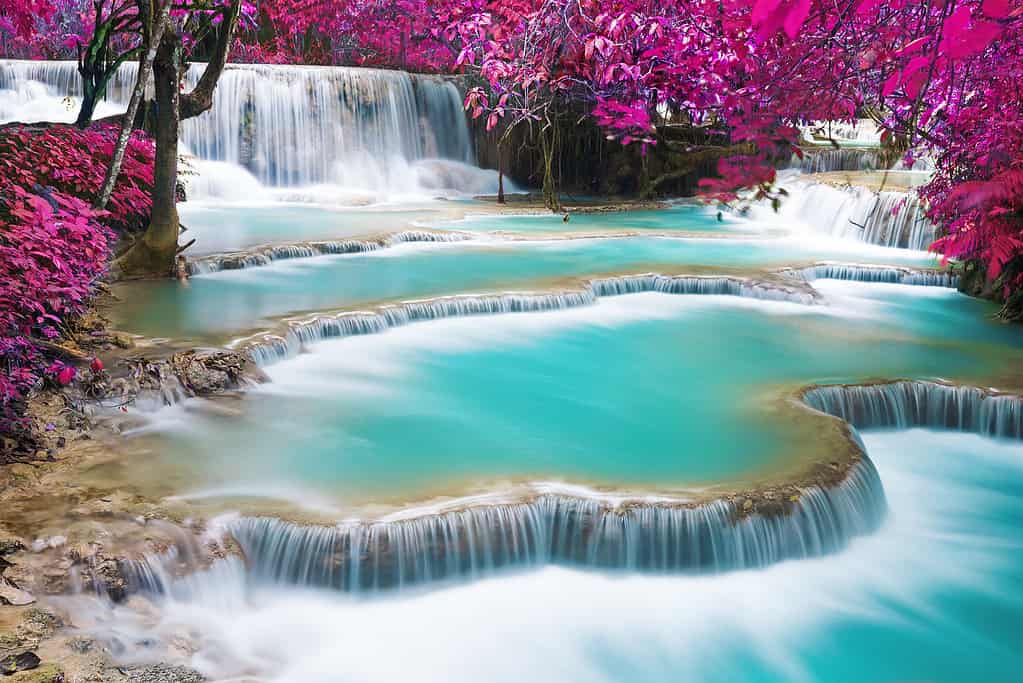
The Kuang Si waterfall is located in Laos.
©Preto_perola/iStock via Getty Images
On October 22, 1953, Laos officially became an independent country, initially as the Kingdom of Laos. However, the monarchy ended in 1975, and the country became known as the Lao People’s Democratic Republic. Laos is a landlocked country spanning approximately 91,400 square miles. It is characterized by its vast and rugged mountains, as well as its thick forested regions. However, it also has many other stunning areas, such as waterfalls and rivers.
6. Cambodia — 1953
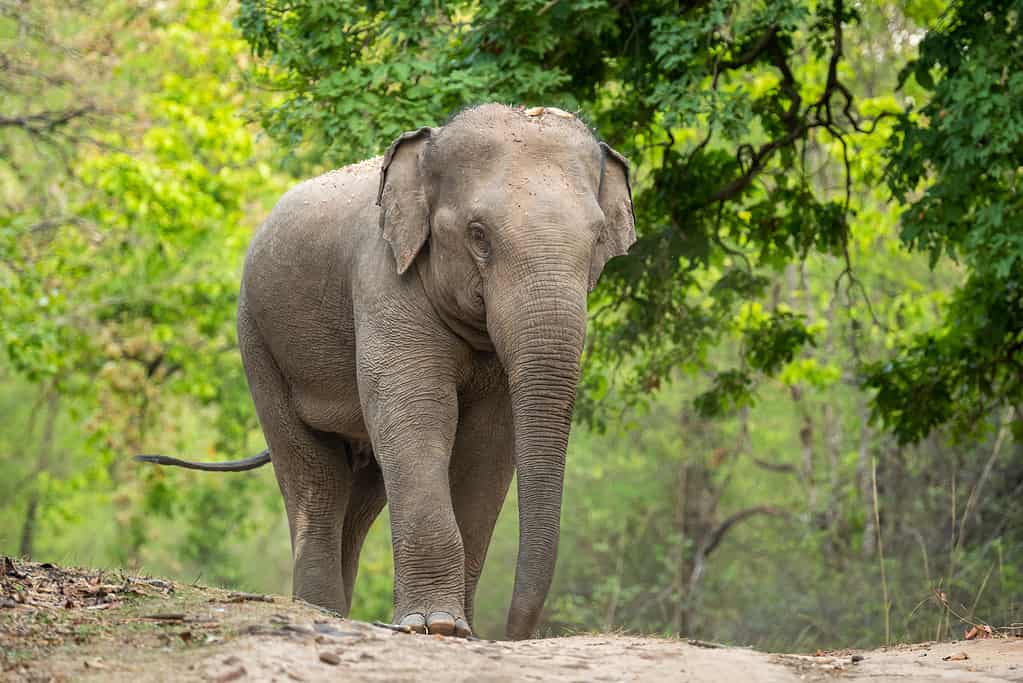
Cambodia is home to several endangered animals, including Asian
elephants
.
©Sourabh Bharti/iStock via Getty Images
Also becoming a country in 1953 was Cambodia, although it is slightly younger than Laos, having formed on November 9. Cambodia is located in southeast Asia and spans 69,898 square miles. The capital city is Phnom Penh, which has an estimated population of 2.2 million across the metropolitan area. Cambodia features a large number of tropical forests, which are home to a vast and diverse range of flora and fauna, many of which are endemic. It’s also home to several endangered species, including Asian elephants.
5. Malaysia — 1957
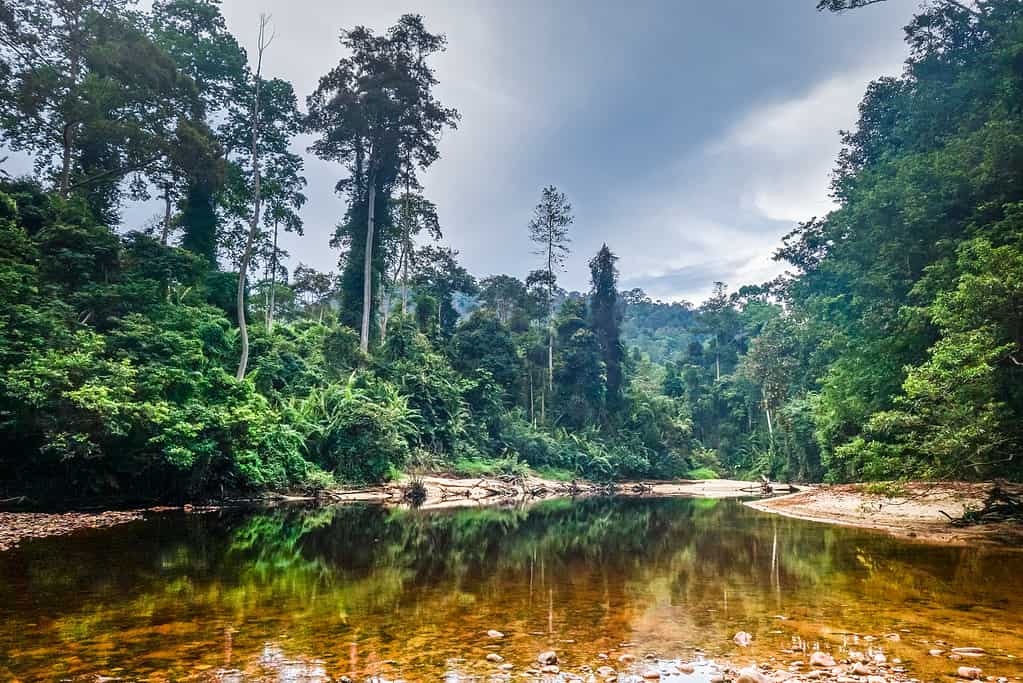
Malaysia features many beautiful areas, including thickly forested regions.
©daboost/iStock via Getty Images
The next youngest country in Asia is Malaysia, which became an independent country in 1957. Malaysia was initially called Malaya when the former Federation of Malaya became an independent nation. However, in 1963, Malaya, North Borneo, Sarawak, and Singapore united under the name of Malaysia, although Singapore then left the union in 1965. Malaysia as we know it today consists of two regions — Peninsula Malaysia and East Malaysia (on Borneo Island) — which are divided by the South China Sea.
4. Singapore — 1965

The capital city of Singapore is also named Singapore.
©leungchopan/ via Getty Images
Next is Singapore, which became an independent country in 1965. It initially became independent from the British Empire in 1963. However, it then became part of Malaysia, before becoming a republic in 1965. Singapore is located in southeast Asia and is an island country that is comprised of a main island and approximately 63 smaller islands. The capital city is also named Singapore and is situated in the southern region of the main island.
3. Bangladesh — 1971
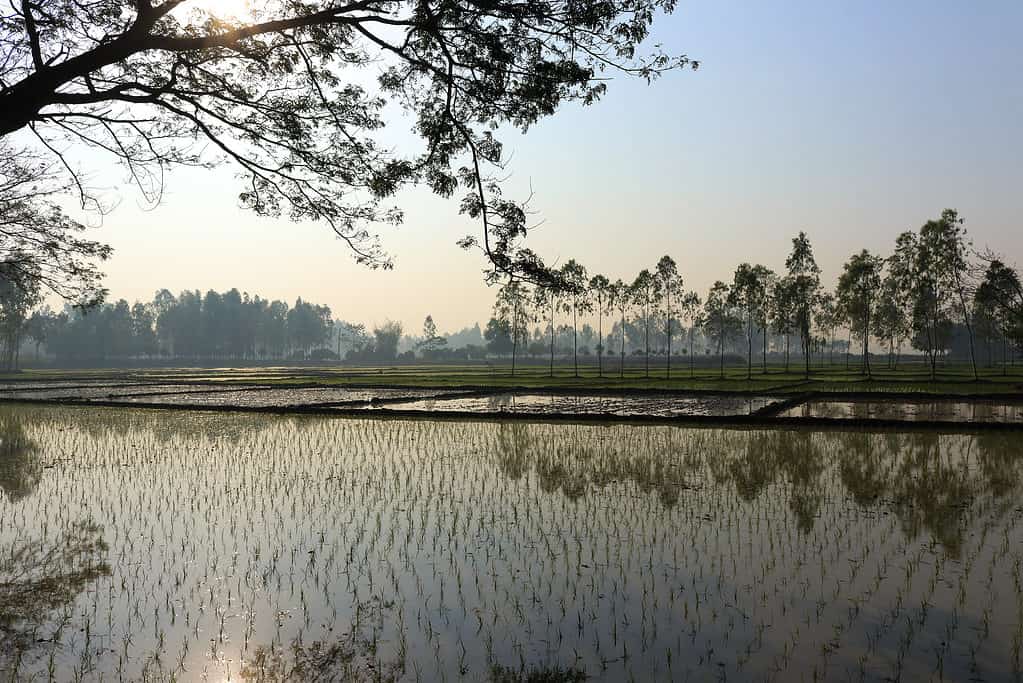
Bangladesh is situated on the Bay of Bengal and has a largely flat landscape.
©iStock.com/Trail Sun
In March 1971, Bangladesh separated from Pakistan, thus triggering the Bangladesh Liberation War which lasted until December 1971. Bangladesh is considered to be the eighth most populous country in the world, with an estimated population of approximately 173 million across an area of 57,320 square miles. Bangladesh is located on the Bay of Bengal and has a rich and fertile landscape. Much of the topography is flat, and part of the country lies within the Ganges Delta, the largest delta in the world.
2. Brunei — 1984
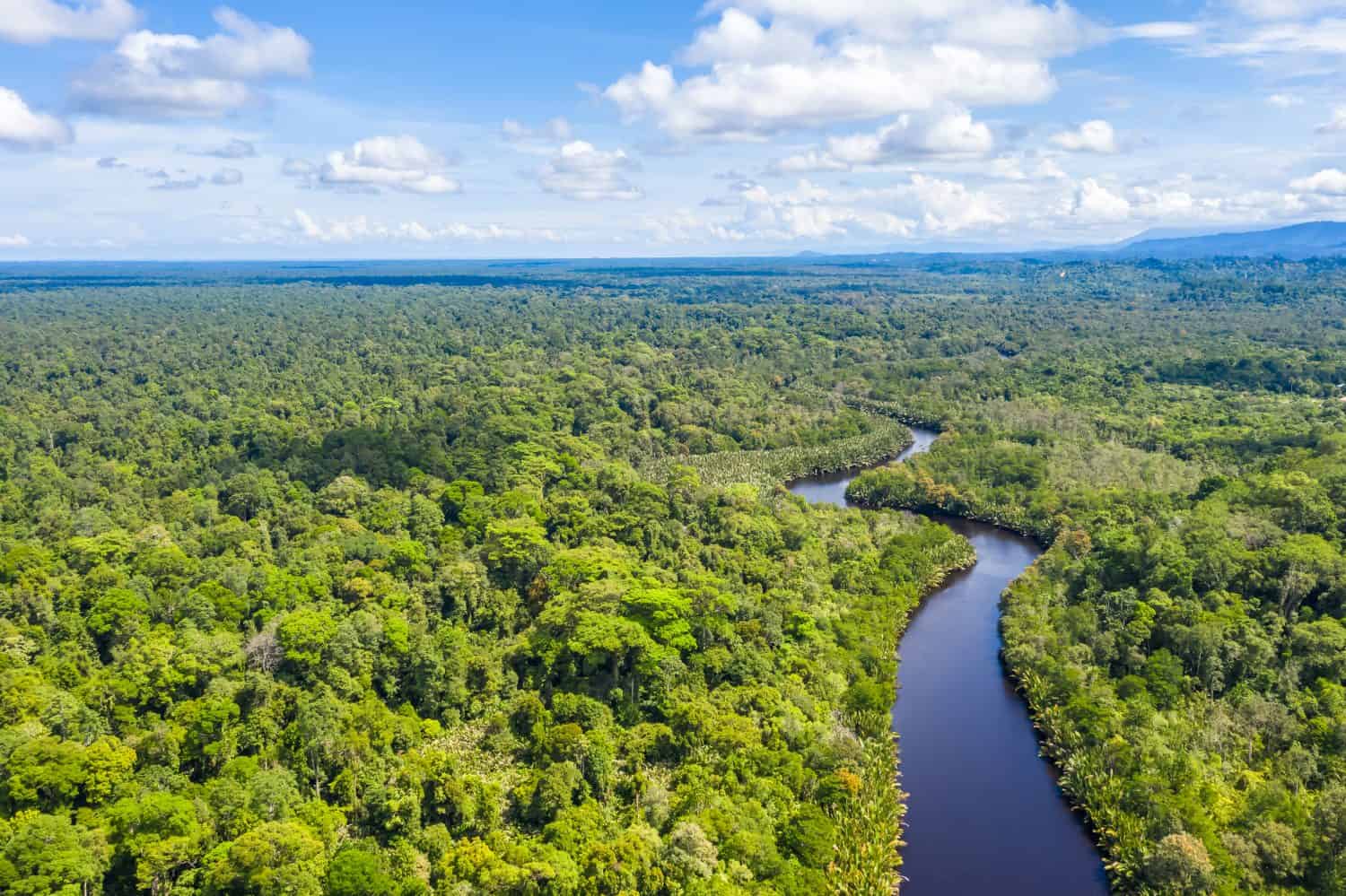
A large portion of Brunei is covered with rainforests.
©Yusnizam Yusof/Shutterstock.com
The second-youngest country is Brunei, which gained independence from the UK in 1984. Brunei is located in the northern region of Borneo Island and is a small country, spanning only 2,226 square miles. The capital and largest city is Bandar Seri Begawan, which is also the seat of the country’s government. Brunei has a varied landscape, with rainforests covering a significant portion of the lowlands, while the eastern area is largely mountainous.
1. Timor-Leste — 2002
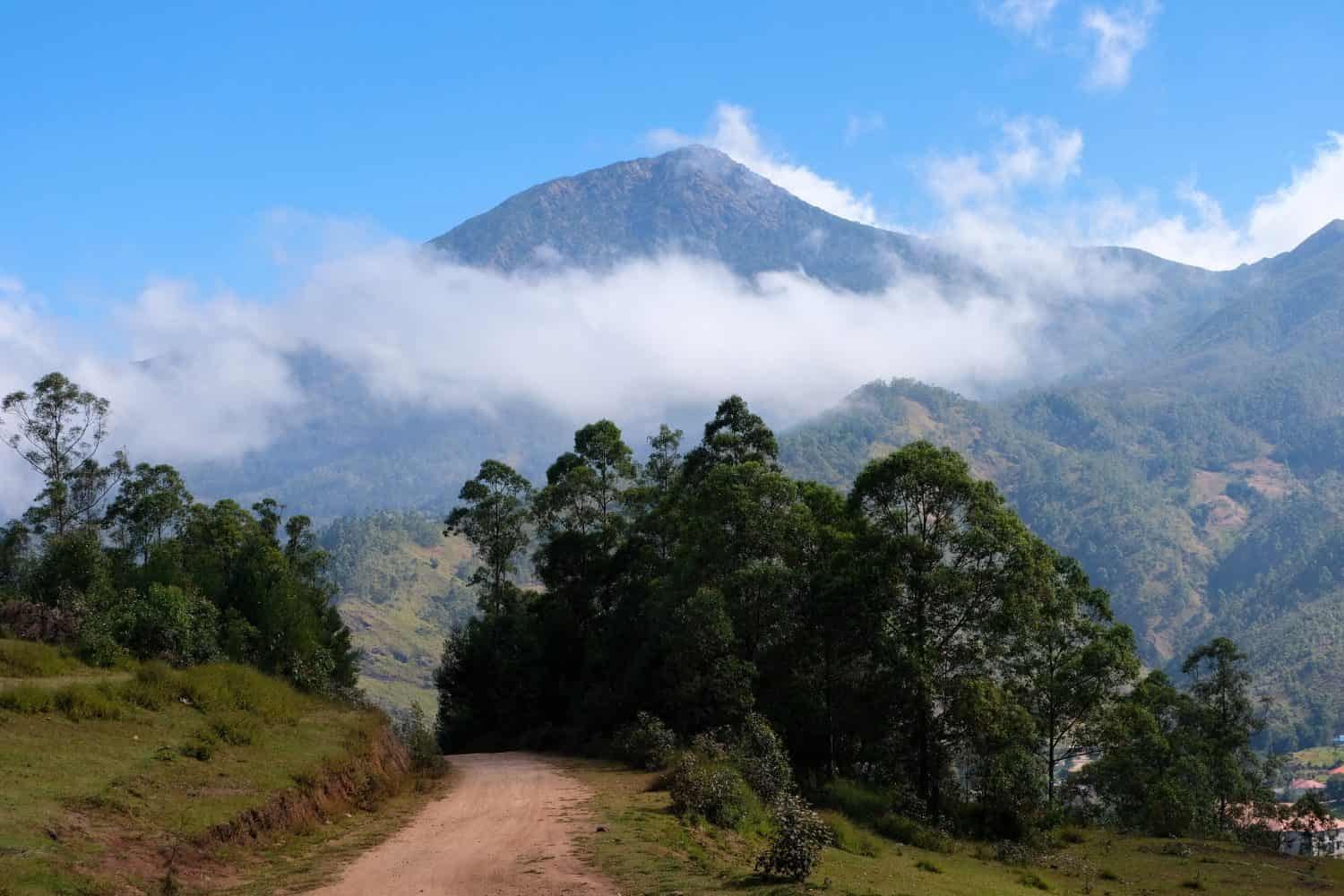
Mount Ramelau is the highest point in Timor-Leste.
©Adam Constanza/Shutterstock.com
The youngest country in Asia is Timor-Leste, which officially became a country in 2002. Timor-Leste, also known as East Timor, officially became independent from Indonesia in 2002 after more than 25 years of occupation. Timor-Leste is another small country, spanning approximately 5,743 square miles. The largest section of the country consists of the eastern half of Timor Island, but the country also has the Oecussi enclave in the northwestern half of the island, as well as the Atauro and Jaco islands. Timor-Leste has a mainly mountainous terrain, with the highest point being Mount Ramelau at 9,797 feet. The capital city is Dill, which has an estimated population of 277,000 people.
Summary of the Youngest Countries in Asia
| Rank | Country | Year |
|---|---|---|
| #1 | Timor-Leste | 2002 |
| #2 | Brunei | 1984 |
| #3 | Bangladesh | 1971 |
| #4 | Singapore | 1965 |
| #5 | Malaysia | 1957 |
| #6 | Cambodia | 1953 |
| #7 | Laos | 1953 |
| #8 | Israel | 1948 |
| #9 | India | 1947 |
| #10 | Pakistan | 1947 |
The photo featured at the top of this post is © Lifestyle Travel Photo/Shutterstock.com
Thank you for reading! Have some feedback for us? Contact the AZ Animals editorial team.






